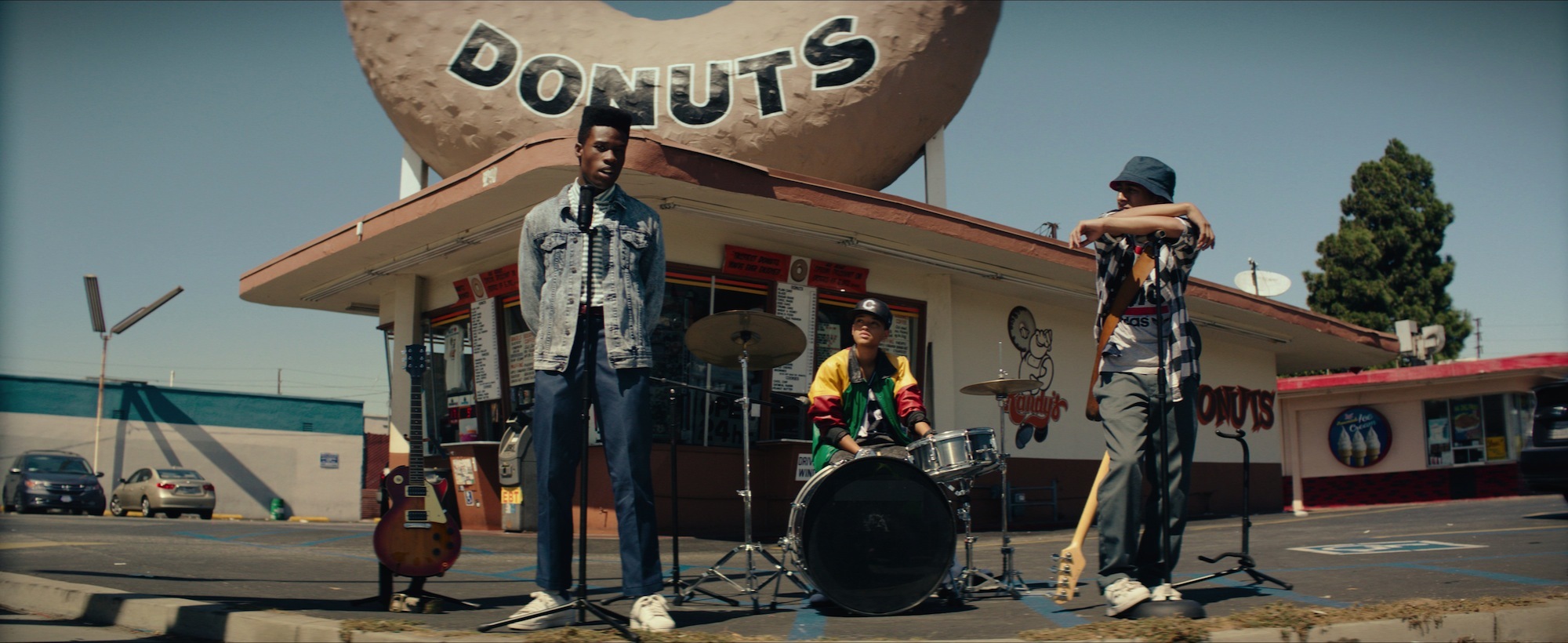Between the standing ovation following its Sundance premiere, its Pharrell-curated soundtrack, and its all star cast – including Zoë Kravitz, newcomer Shameik Moore, and A$AP Rocky in his acting debut – you’re probably already aware that Dope is the summer blockbuster you don’t want to miss. Directed by Rick Famuyiwa, the film follows a smart trio of 90s hip-hop nerds trying to make it out of their rough Inglewood neighborhood. After protagonist Malcolm becomes mixed up with a drug dealer, played by A$AP Rocky, trying to get Nakia (Kravitz) to notice he exists, his crew finds themselves slangin’ Molly 2.0 on the internet black market with the help of a twisted trustafarian played by Blake Anderson. The film’s soundtrack serves up a hearty helping of 90s hip-hop vibes – Buggin Out booms as the trio cruise around on BMX bikes to keep local gangs from stealing their Jordans – but it’s the clothes that really bring the story to life.
Before Dope opens in theaters on June 19, we caught up with the film’s costume designer, Patrik Milani (who has worked on features and shorts alike, from Forever and The Key to an Ari Marcopoulos-directed YSL piece) to talk Aaliyah, eBay wars, and how Instagram helped him create the film’s crazy colorful world. Plus, check out Patrik’s previously unpublished sketches for an inside look at the characters you’re soon to love.
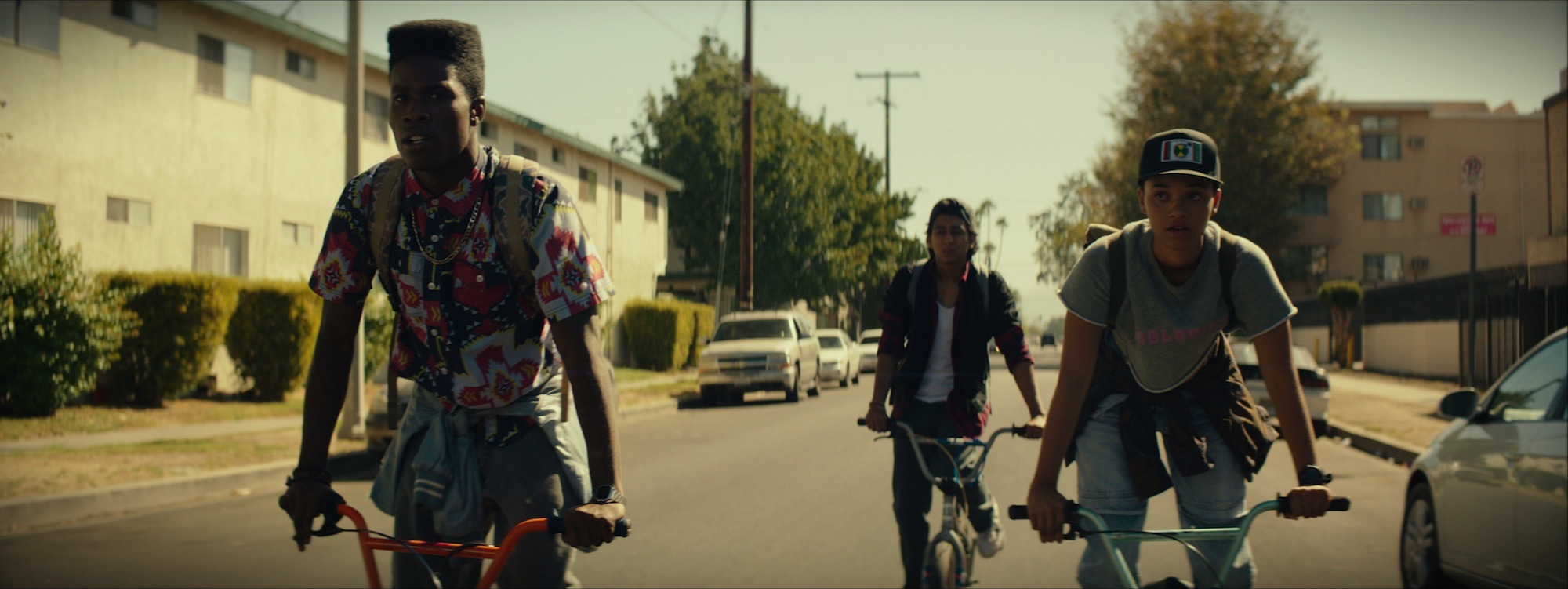
What sort of references did you pull or research did you conduct to nail the 90s vibes?
After I read the script, I knew I really wanted to be a part of this film. So before I was actually hired, I started pulling references and research from everywhere. I looked at books like Back in the Day and A Time Before Crack, which are more about hip-hop’s emergence in the 80s. But when I got hired, I had to ask myself what kids in Inglewood really look like. I’m almost 45, so I wasn’t going to hang out by a local high school. I used #InglewoodHigh on Instagram and started looking through all these images; the kids were so cool. I wouldn’t have even gone that far with the colors and mixing of fabrics, but these are real people and they’re so creative.
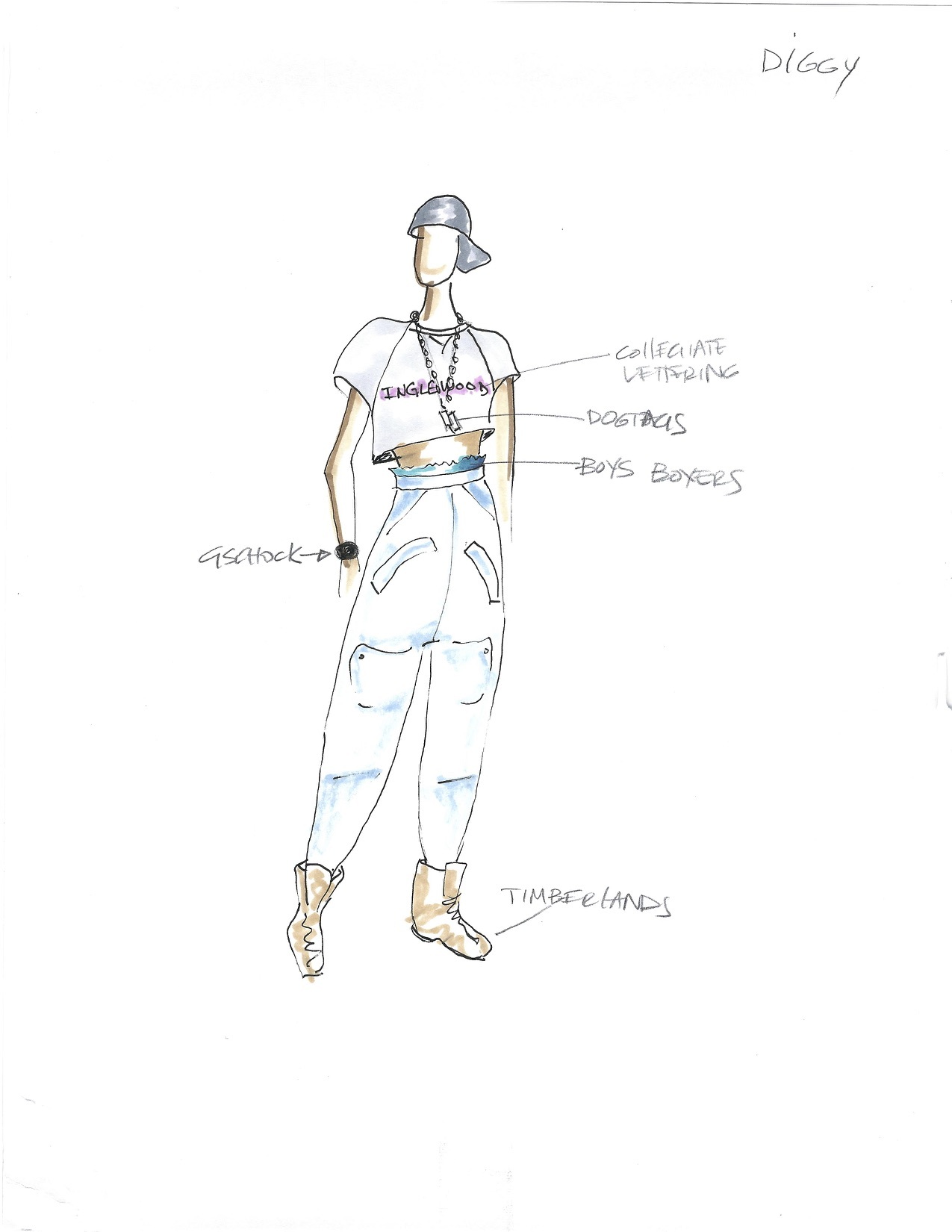
While the film is about the influence of the 90s, it’s not set back then. How did you strike a balance between contemporary and vintage?
I wanted to incorporate a lot of LA-based streetwear brands – The Hundreds, Crooks n Castles, and Undefeated – as I used all West Coast references rather than East. The budget was very, very small, but when Pharrell got on board, it opened up a lot of possibilities for accessing clothes. Adidas was really great, they gave us access to some vintage stuff. I really wanted Kiersey [Clemons]’s character Diggy in Cross Colours, a brand in the 90s that was really hip. It’s difficult to find the vintage pieces, so my assistants were on eBay all night trying to win them!
Are you referencing any particular 90s artists’ style with the characters’ looks?
Aaliyah was a big point of reference for Diggy. I wanted to help draw out her feminine side in a way that felt authentic for the character. At first, I was thinking more along the lines of Missy Elliott, but I wanted to create a more feminine silhouette. Aaliyah was so sexy even though she wore baggier men’s clothes, so Diggy stemmed from there. I also looked a lot at NWA for Tony [Revolori]’s character, Jib.

A$AP Rocky, Zoë Kravitz, and Blake Anderson each have a strong sense of style in real life. Did you see that as a challenge or an opportunity for collaboration?
Before any of them were even cast, the process was really collaborative between myself and Rick. There’s a party scene where Zoë’s character [Nakia] was scripted to wear a dress. I said to Rick, “I don’t think the character would wear a dress, I think she’s too cool. She’d wear a beat up t shirt, jeans, heels – she’ll really stand out from the crowd if she’s not wearing a dress.” And Blake’s character was described as a cool kid from a prep school. Even before I knew he was cast, I didn’t want to dress the character as a regular prep school guy, more of a rich hippie. Rick was so open to this input, it was a really nice working relationship.
I thought A$AP would be a nightmare and he wasn’t at all. He’s extremely intelligent, very collaborative, and he understood his character. Acting is poetry and performance, so I think it makes sense that many rappers become successful actors. I have a lot of respect for him, and he really knows how to carry clothes. I kind of lucked out with the whole cast, actually! Once I put something on, they really went into character and knew how to carry their clothes.
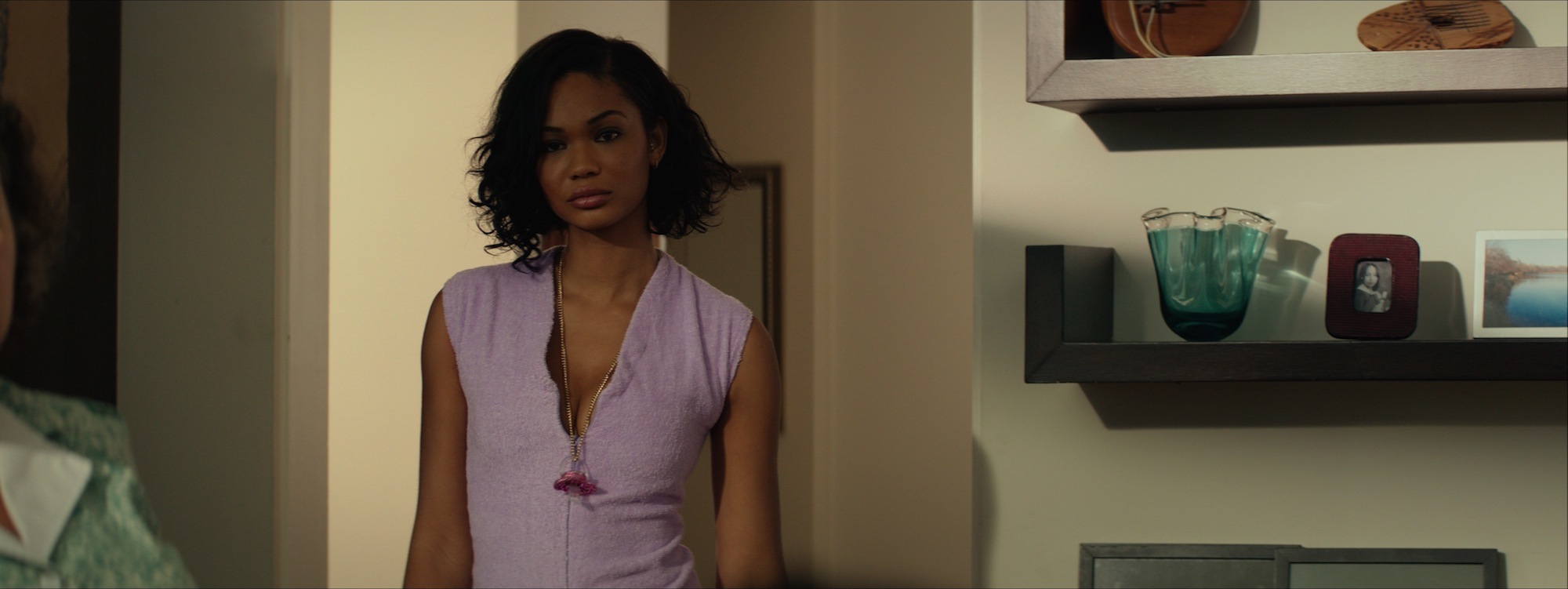
What are some of your favorite 90s hip-hop trends and some you think should never come back?
The 90s was such a different time. As rap became more mainstream, those artists started appropriating mainstream American brands like Tommy Hilfiger and Polo. That world was very different from my world, which was back-to-basic and minimal and was a rejection of the 80s – Helmut Lang, Prada and clean lines. But in terms of trends, I really believe that if you have style, you can wear a paper bag and look great.
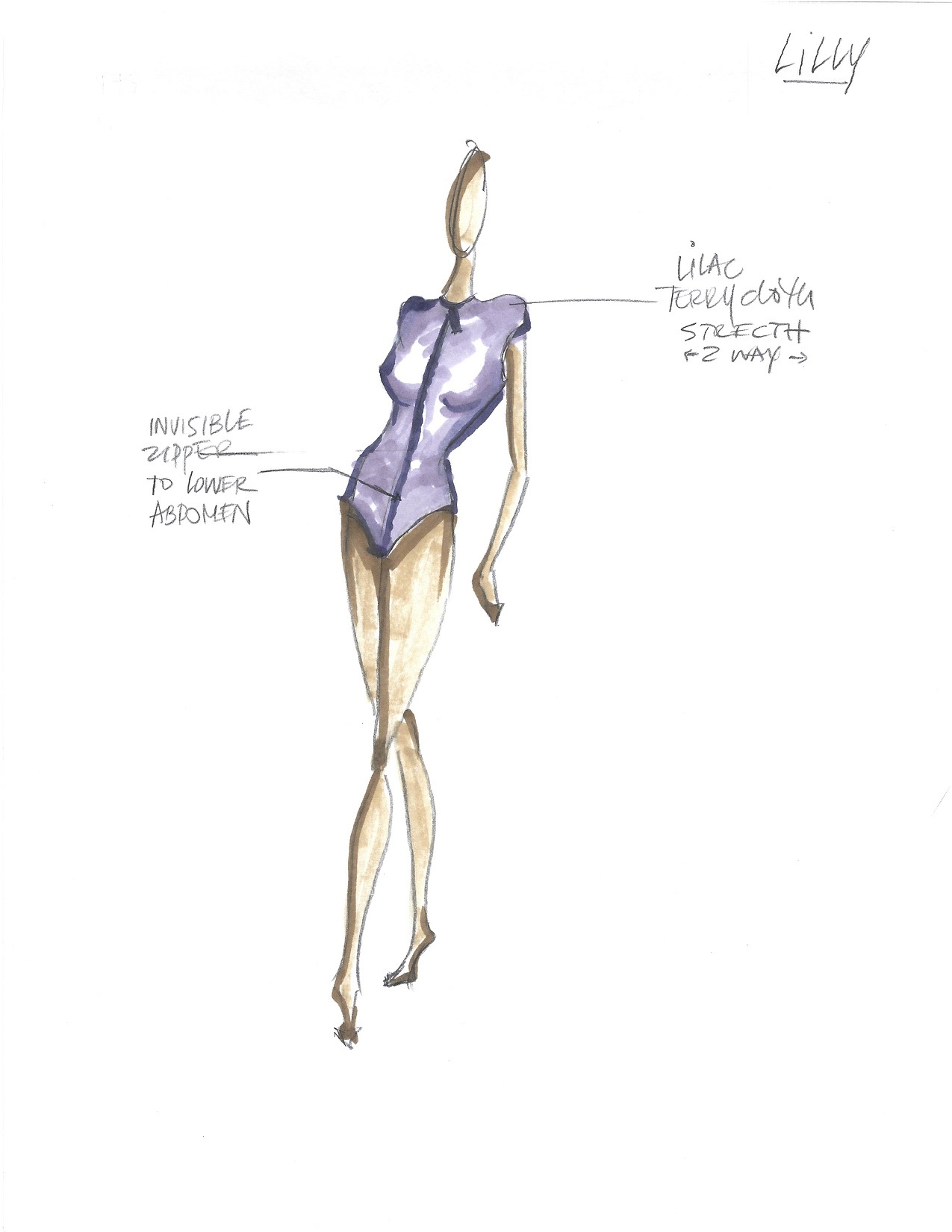
Why do you think Malcolm and his crew gravitate so much towards 90s hip-hop?
All three of them are smart and want to go to college, but live in a very rough neighborhood that doesn’t make those aspirations easy. By not doing drugs and having that focus, they’re kind of being rebels in that environment. And I think early-90s rap was revolutionary in so many ways. There was a spirit of breaking ground, going against the grain, and being yourself that I think they really identified with.
Catch Dope in theaters on June 19
Credits
Text Emily Manning
Photography Rachel Morrison, courtesy Open Road Films
